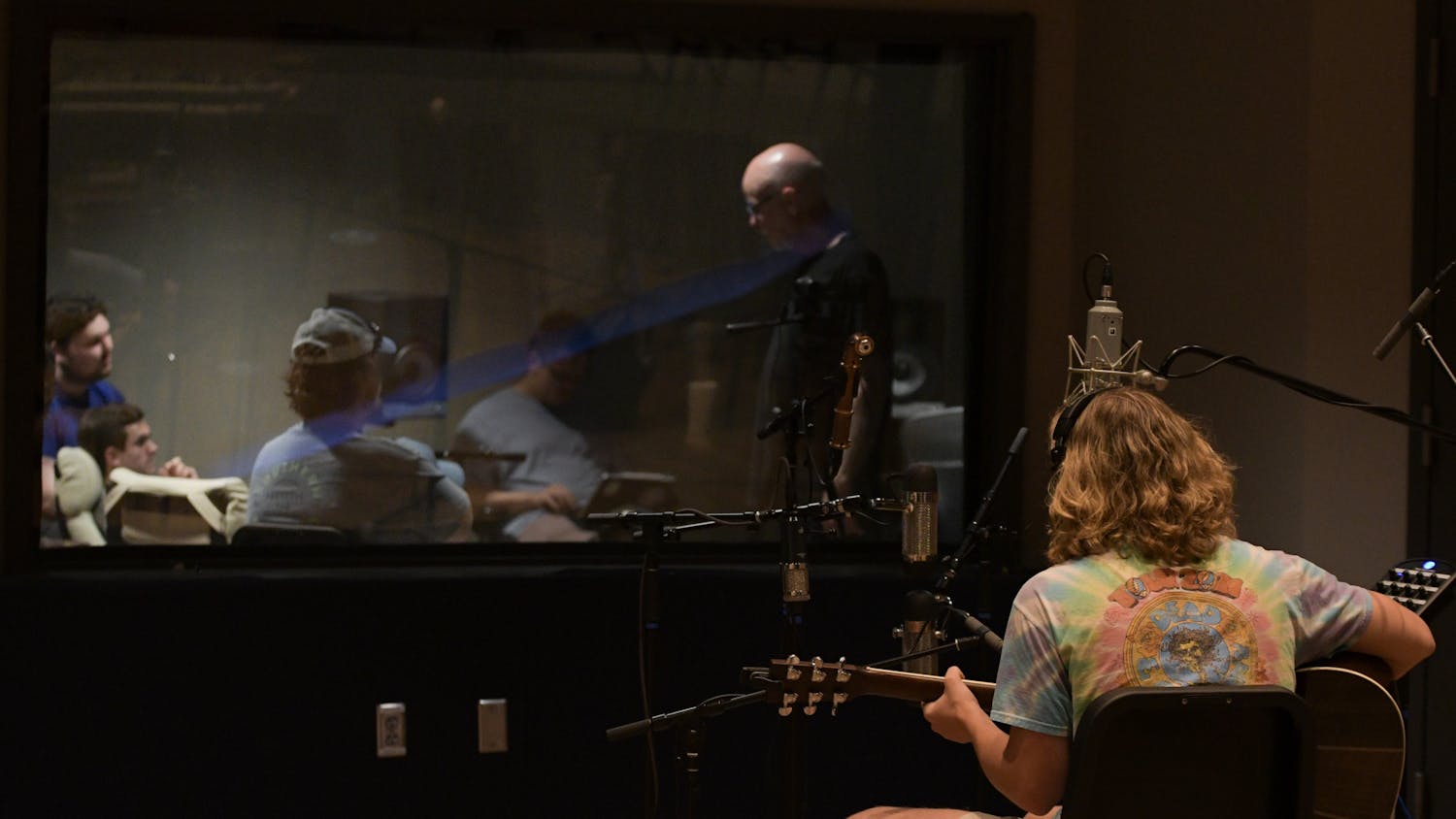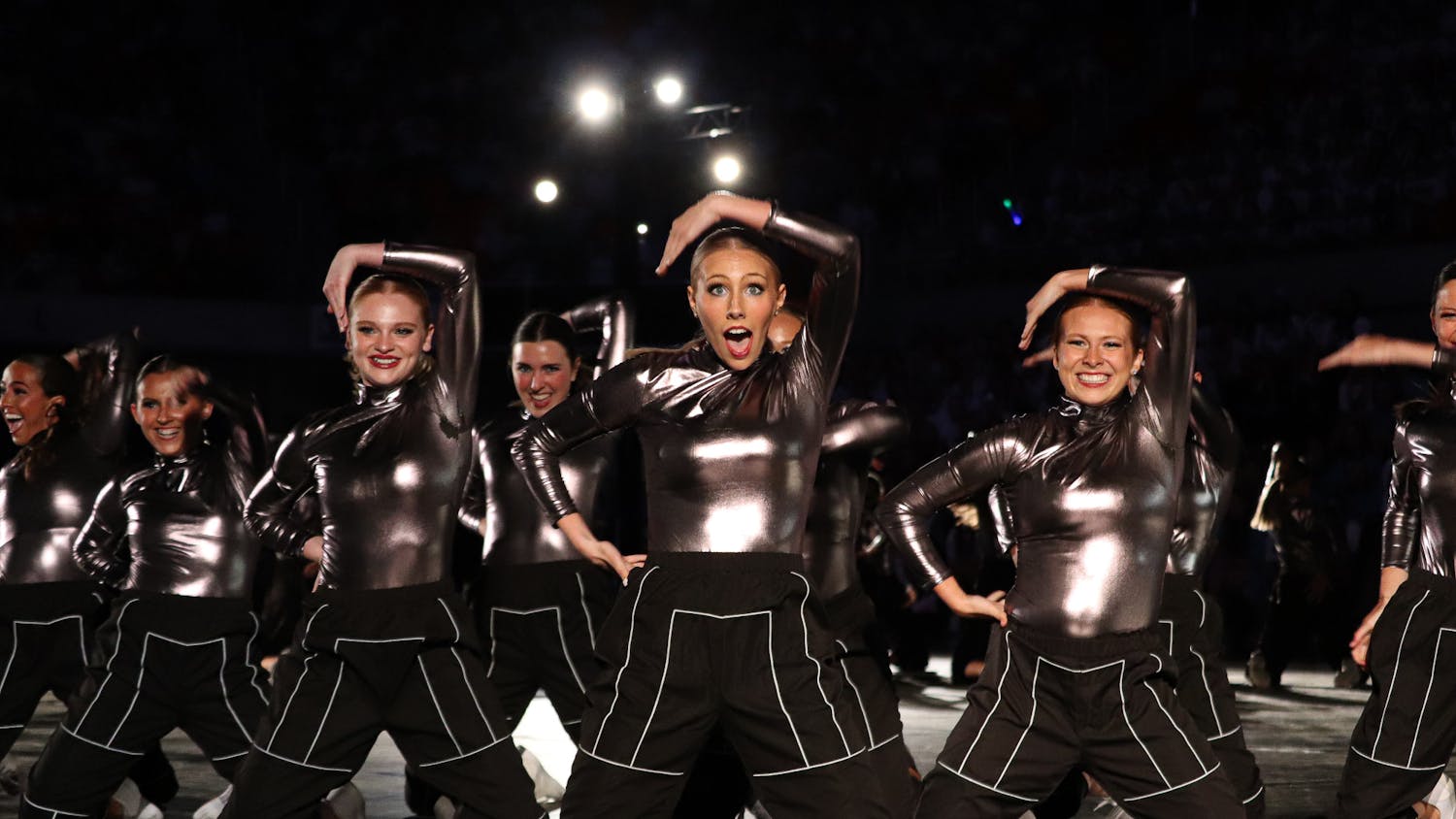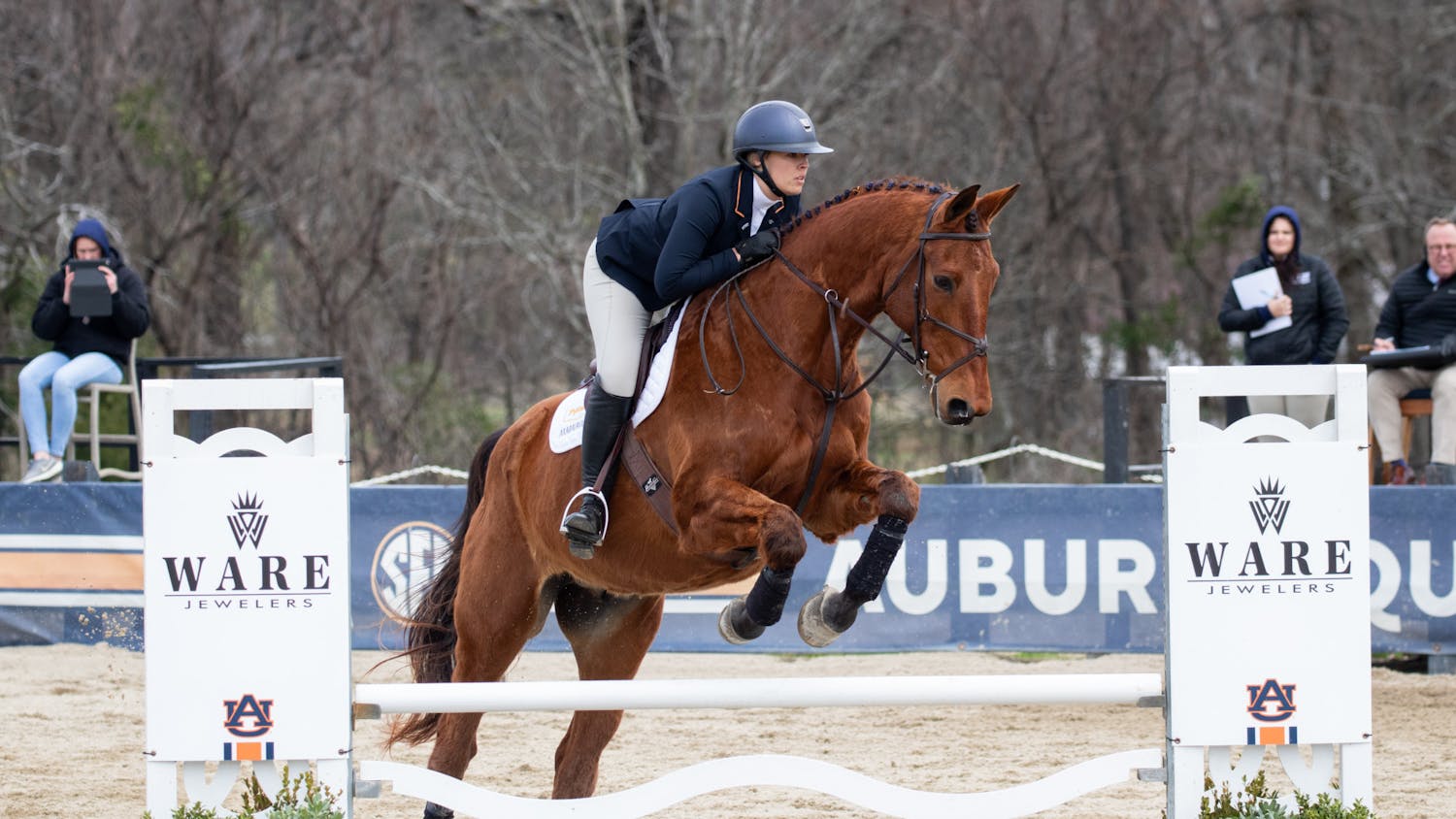Decisions were the topic of the night at the active shooter response training Auburn University Campus Safety and Security hosted Tuesday and Thursday night.
Interim Executive Director of Campus Safety and Security Chance Corbett encouraged all attendees to think about how they would respond to an active shooter situation.
“The reason we see you’re here is to provide you options,” Corbett said. “If something ever happens that threatens your safety, you feel you could make a decision. The biggest word tonight is 'decision' — being able to make decisions.”
Corbett said the goal of the training is to teach attendees to think about how they would act in an active shooter situation to help them be more prepared for one.
“I think there are three things you might do,” said Corbett. “One, you might drop to your knees, cover your head and say, ‘Please don’t kill me, I’ve got a family.' ... Option two, take off running immediately, shots fired, I’m out of here. … The last option of the three that I give you, ‘I’m gonna hit him,’ and I can’t tell you if that’s your right response or not because I’m not there with you.”
The training used examples from real shootings to show how people in those situations responded. Corbett explained how some responses were good and how others could have been improved.
One example Corbett pulled from was the 2012 Colorado movie theater shooting. Corbett explained how he would have acted during that shooting. Throughout his explanation, he encouraged attendees to look for exits when they enter a new location, whether that is a movie theater, mall or any other public place.
“You’re in the movie theater,” Corbett said. “And at the beginning, it always says, ‘Pay attention to the illuminated exit signs,’ and you keep eating your popcorn and talking to your friend, you haven’t paid attention yet."
Corbett said it is during this time that he takes a moment to check and located his exits in case he needs to know how he can exit the place if he needs.
To further his point, Corbett had attendees simulate an active shooter situation. He pretended to be a shooter and had attendees act out their response.
Most attendees hid under a table or behind a chair and Corbett was quick to point out that a chair will most likely not save you from a bullet.
“I was showing you what a natural reaction is, and that’s to hide under a table or behind a chair," Corbett said. "I could see everybody in the room when I walked through the door.”
Corbett suggested instead of hiding first, attendees should barricade the door to make it difficult for the shooter to enter the room. He then went through a variety of doors, with and without locks, and how to secure them.
The next step, Corbett said, is to arm yourself with items to throw at the shooter should they be able to get through the barricade.
“The person walks through the door, and the 20–30 people in the room all have their things in their hand,” Corbett said. “And you’re the leader in that room, and you’ve got to yell, ‘Get him,’ and everyone starts throwing things at his head."
Corbett said this can stress the shooter and distract him or her from facilitating their plan and allowing it to play out accordingly.
In the final part of the training, Corbett discussed how to respond once the police enter the room and take over the situation.
“They may handcuff you, they may send you out the door; it doesn’t matter, do whatever they say,” said Corbett. “That's the important piece of this, whatever they tell you to do, you do.”
Corbett stressed throughout the training that these are just options and not required. However, he said thinking ahead and planning how you would respond to an active shooter situation is something everyone should do so they are prepared for an emergency.
“I think it’s really informative,” said Chelsea Stove, a graduate student in elementary education. “Especially, not only just for the campus, but I’m also in elementary education, so I feel like it’s stuff I can take out of this an into actual real situations."
Corbett and his team offer this training to students three times a semester and often use it as an outreach program in the community.
“I thought it was amazing,” said Lisa Jones, assistant principal at East Samford School in Auburn. “I thought it was so great that I asked Chance if he does faculty meetings and possibly coming and speaking to schools.”
Several attendees were University and community officials, like Jones, looking to broaden their training and bring it back to their offices.
“I think in light of the recent shooting that we saw in the news last week and being a new administration, I just thought it would be great,” Jones said. “Anything that I could learn that could help my kids be more successful and my teachers be more successful and have safer surroundings, I need to do it.”
Do you like this story? The Plainsman doesn't accept money from tuition or student fees, and we don't charge a subscription fee. But you can donate to support The Plainsman.



